
Theme
Curriculum
Title
A Novel descriptive Model for learning clinical skills during physiology labs. (A student centred models) Development of CLM Constructive Learning Model of clinical skills
Background
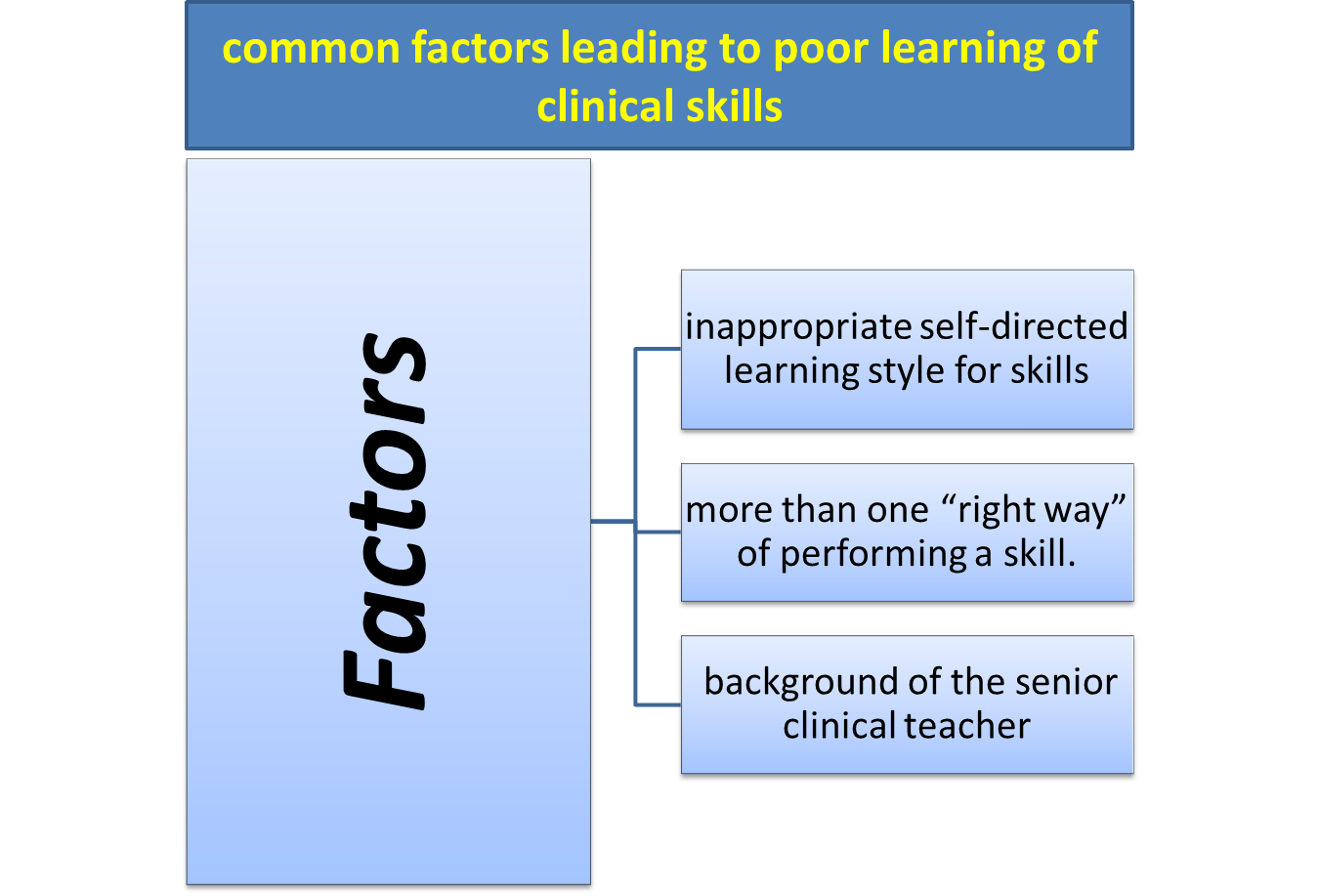 The literature provides that some students learn a skill by simply reading a book, or by practicing in isolation without feedback, or in some cases without a clear idea of how to perform the skill. Some programmes of learning clinical skills in medical schools noted that there were two particularly common factors leading to poor learning of clinical skills, firstly an inappropriate self-directed learning style for skills and secondly uncertainty and insecurity arising from students being presented with more than one (indeed often many) “right way” of performing a skill. Even when there is an agreed, published “gold standard” for a skill, therefore, this may differ depending on geography also time and the background of the senior clinical teacher. No doubt that Students who learn by active learning methods retain more information, are more highly motivated and become better problem solvers, develop deeper learning styles and there is a belief that students who have held responsibility for their own learning from an early stage will be more likely to continue to do so, becoming committed to life-long learning and remaining up to date. The Physiology Department conduct physiology practical labs in medical schools in eight blocks, as follow: General Basic Medical science (GBMS); Blood Musculoskeletal; Cardiopulmonary ;Gastro intestinal; Endocrinology; Genitourinary and Central nervous system.
The literature provides that some students learn a skill by simply reading a book, or by practicing in isolation without feedback, or in some cases without a clear idea of how to perform the skill. Some programmes of learning clinical skills in medical schools noted that there were two particularly common factors leading to poor learning of clinical skills, firstly an inappropriate self-directed learning style for skills and secondly uncertainty and insecurity arising from students being presented with more than one (indeed often many) “right way” of performing a skill. Even when there is an agreed, published “gold standard” for a skill, therefore, this may differ depending on geography also time and the background of the senior clinical teacher. No doubt that Students who learn by active learning methods retain more information, are more highly motivated and become better problem solvers, develop deeper learning styles and there is a belief that students who have held responsibility for their own learning from an early stage will be more likely to continue to do so, becoming committed to life-long learning and remaining up to date. The Physiology Department conduct physiology practical labs in medical schools in eight blocks, as follow: General Basic Medical science (GBMS); Blood Musculoskeletal; Cardiopulmonary ;Gastro intestinal; Endocrinology; Genitourinary and Central nervous system.
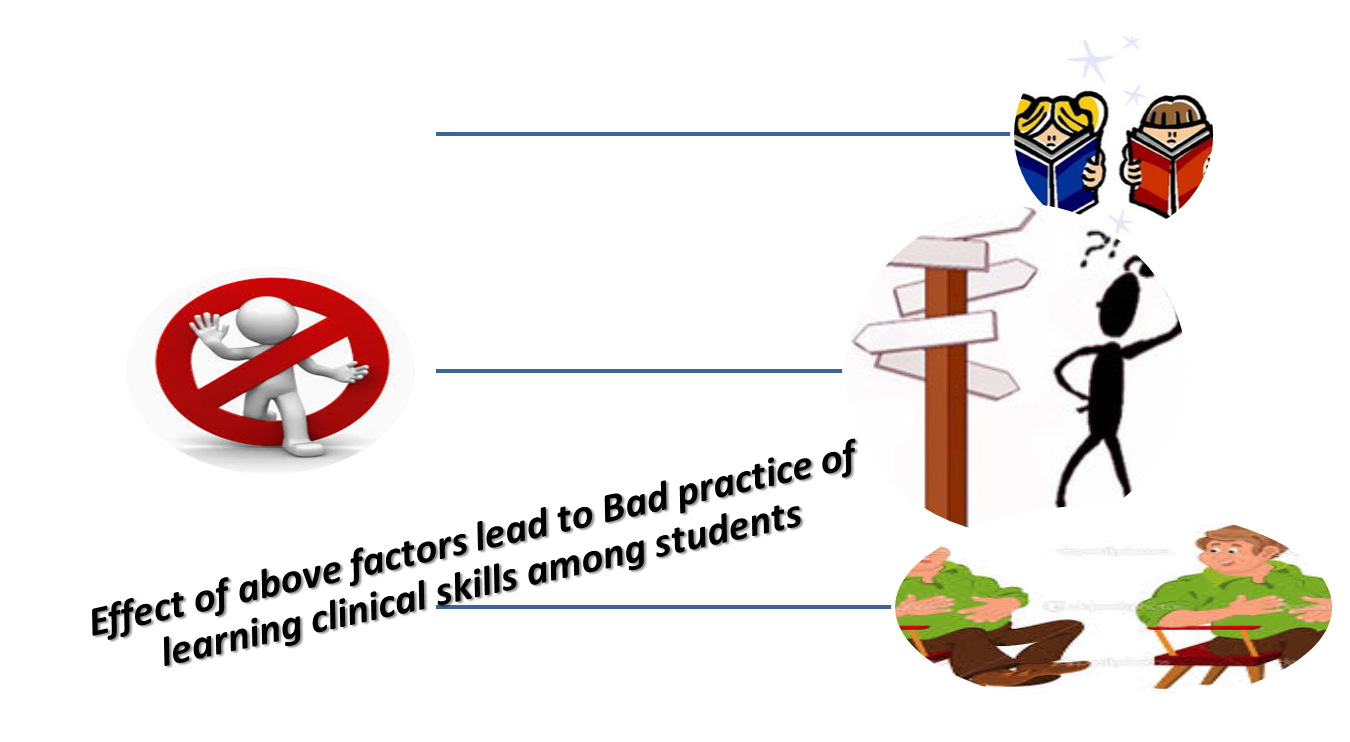
For these reasons, the author develop this model for students to learn clinical skills as early as they finished their physiology blocks.
Summary of Work
The work presents a novel model for learning clinical skills that follows practical’s of physiology at end of each block during the first three years of medical school by using a novel construct descriptive frame approach.
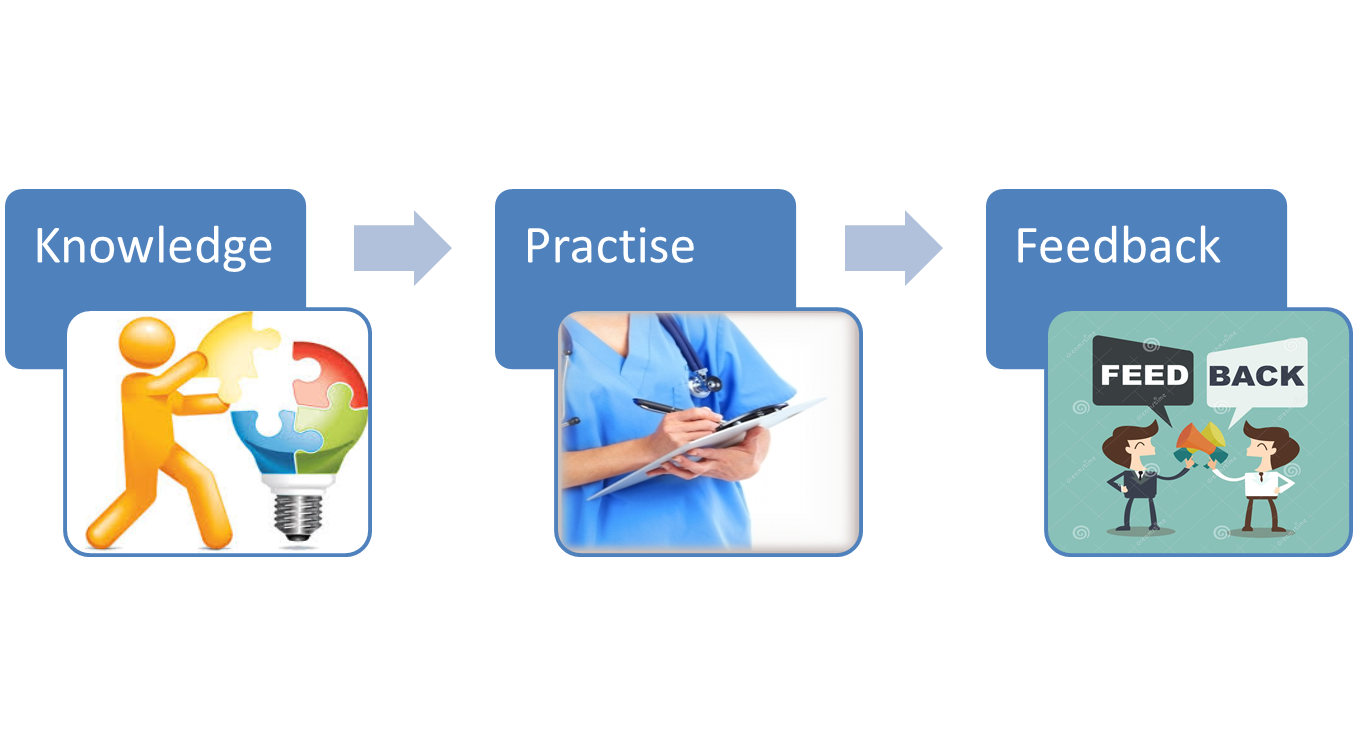
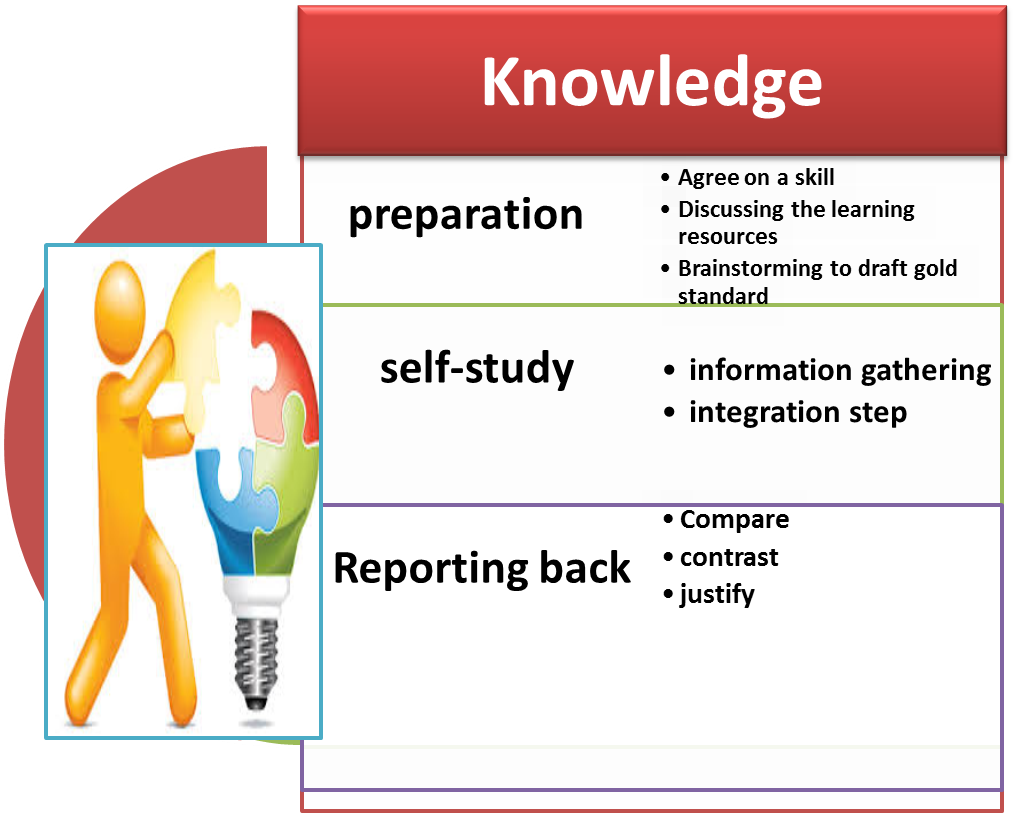
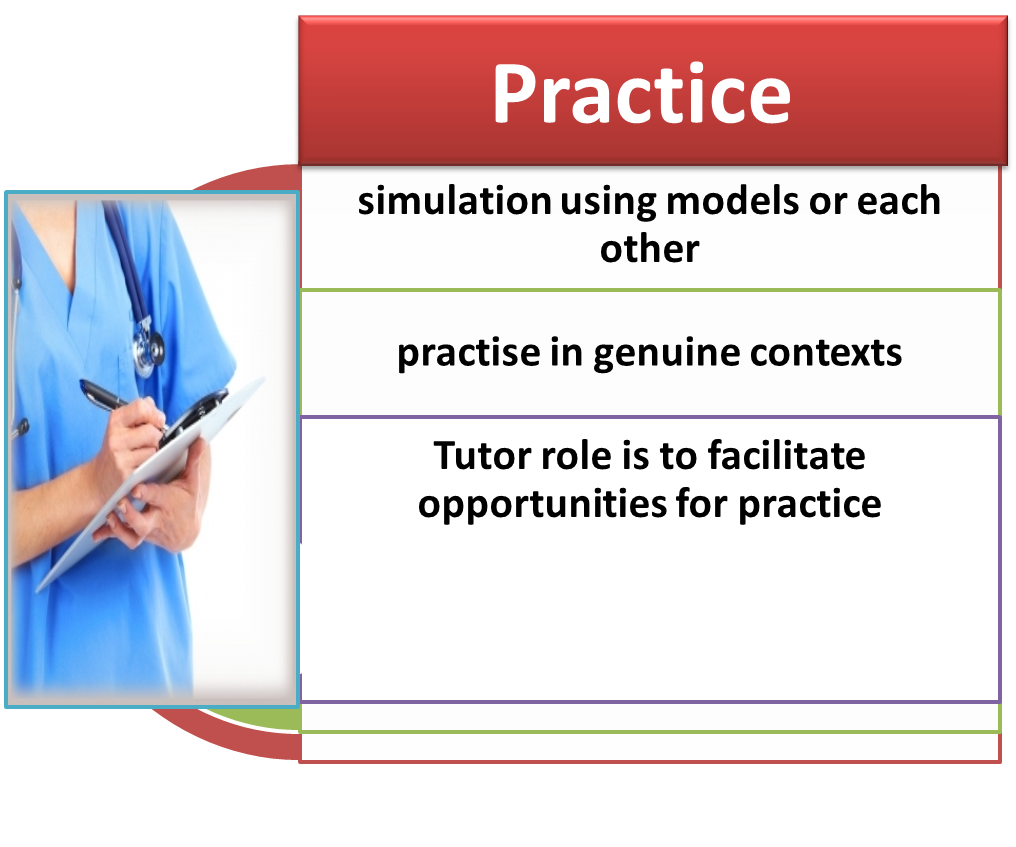
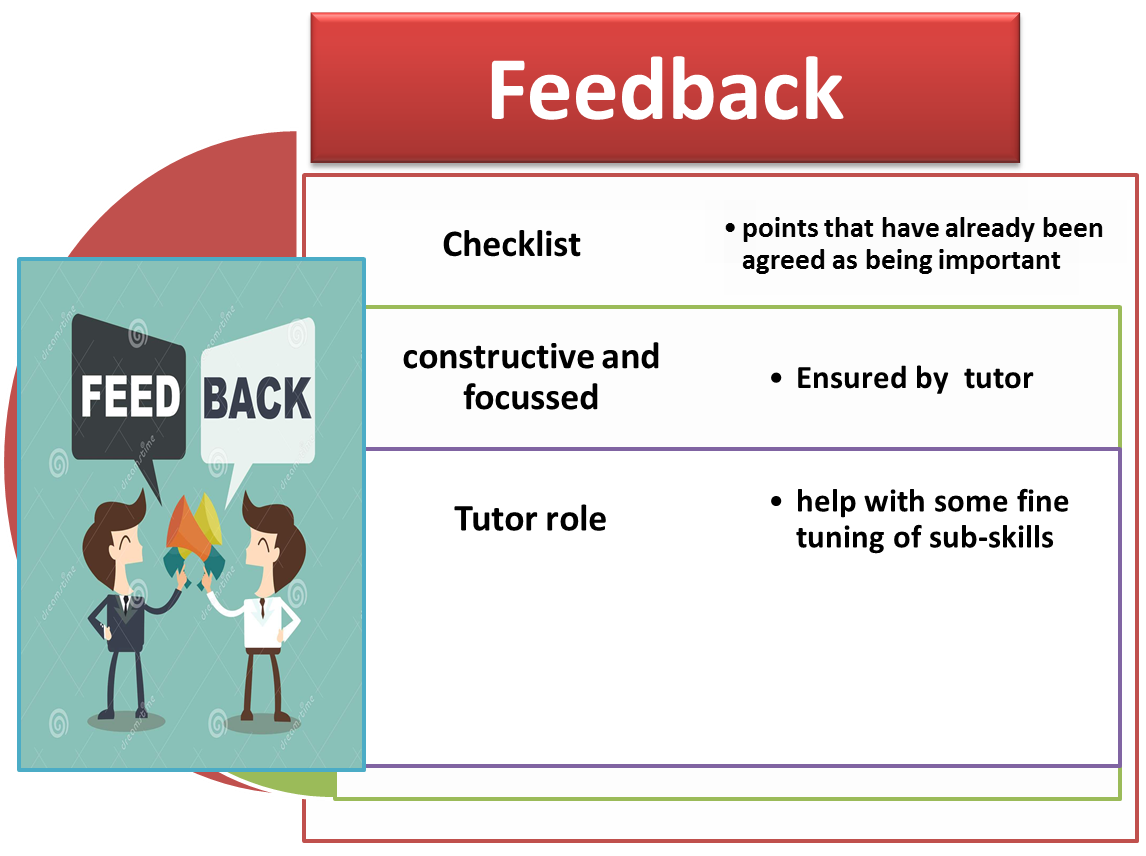
Summary of Results
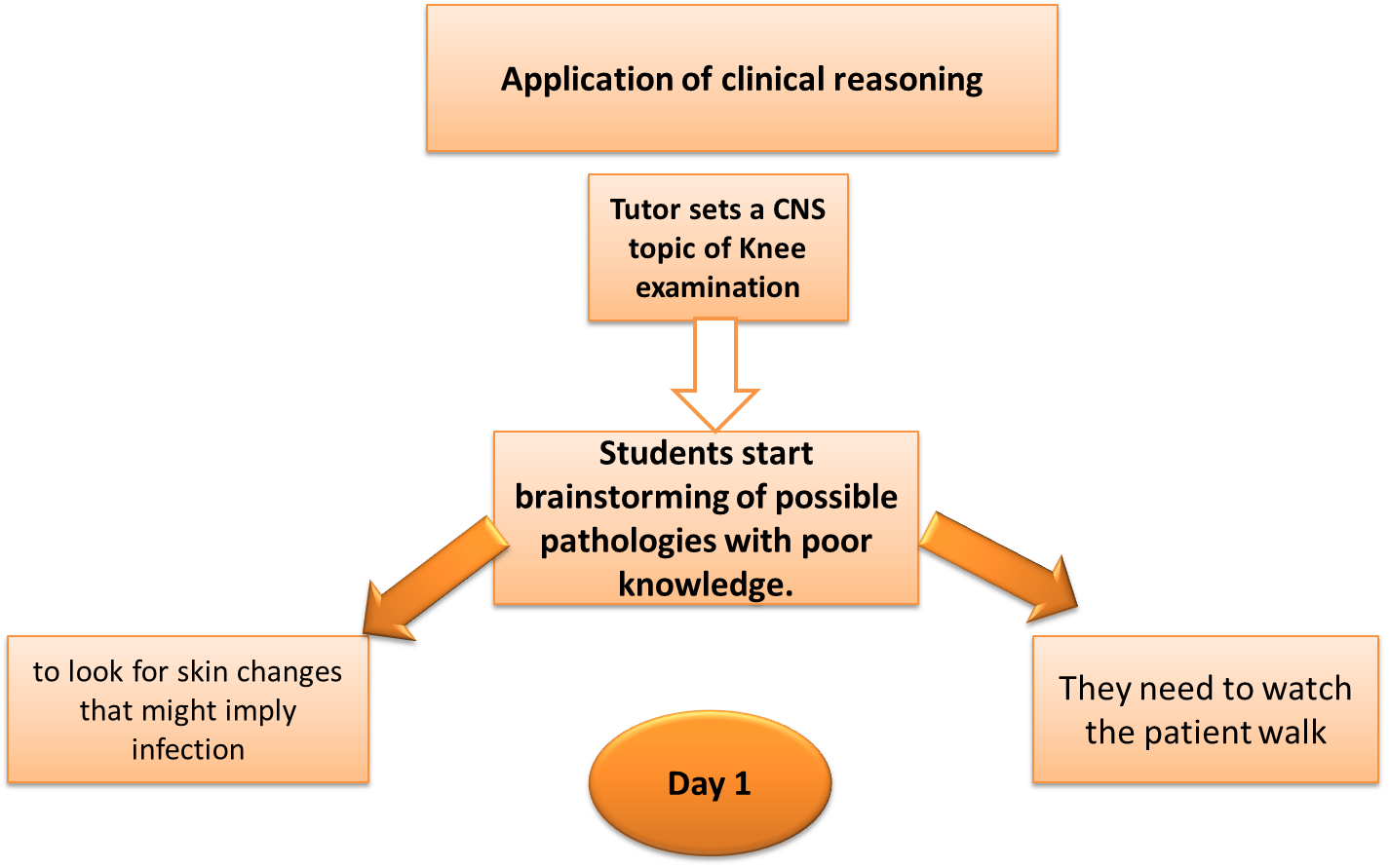
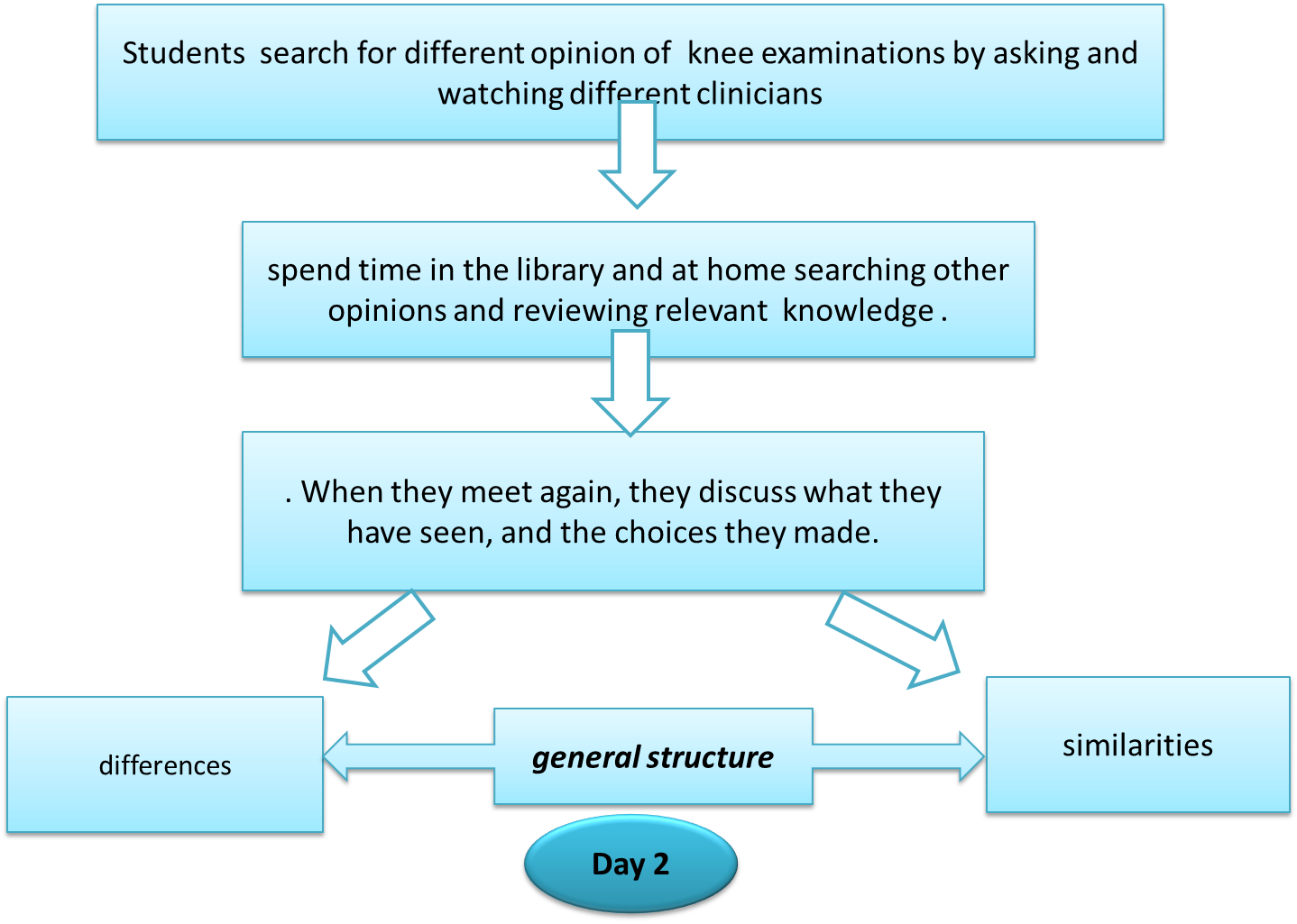
Outcomes
In this paper I have so far attempted to describe a need for a new model of clinical skills learning, I have described such a model and provided some pedagogical validation from the educational literature. I provide some experimental evidence that suggests that students like this model as a method of learning, and that it appears to have a positive effect on clinical skills performance for at least a year after learning how to learn using this method. This evidence relates to relatively small numbers of students, and is descriptive rather than empirical, it goes some way however to supporting the pedagogical evidence from the literature. More research, particularly empirical research is required.
Student satisfaction
Over the last two years, evaluation by anonymised Likert scale evaluation questionnaire has shown the clinical skills component to be consistently the most appreciated component of the course by the students. Qualitative comments were particularly encouraging .
Conclusion
students will be able to
- Set targets for their self-directed learning of clinical skills
- Produce a theoretical model from appropriate sources for practising a particular clinical or practical skill.
- Write a checklist of essential steps for any given skill in order to facilitate feedback
- Give and receive constructive feedback when practising the skill in a small group
- Reflect on their performance
Take-home Messages
- This model can be formally adapted to encourage clinical reasoning in numerous different ways among novices.
- good example for evidence based learning.
- Early exposure to clinical.
References
- Bartholomeus, P. (2014). The Skills Lab Method: Competency based education "ahead of its time" [working title]. Maastricht: Unpublished.
- Bickle, I., Hamilton, P., McCluskey, D., & Kelly, B. (2010). Clinical skills for medical students: A hands-on guide. Knutsford: Pastest.
- Bickley, L. S., & Szilagyi, P. G. (2012). Bates' guide to physical examination and history taking (8th ed.). Philadelphia: Lippincott Williams & Wilkins.
- Bruning, R. H., Schraw, G. J., Norby, M. M., & Ronning, R. R. (2013). Cognitive Psychology and instruction (4 ed.).
- Davis, M. (2014). Should there be a UK based advanced trauma course? Emerg Med J, 22(1), 5-6.
- Dent, J. A., & Hesketh, E. A. (2013). Developing the teaching instinct, 13: How to teach in the clinical skills centre. Med Teach, 26(3), 207-210.
- English, V., Sommerville, A., & British Medical Association: Ethics Science & Information Division. (2013). Medical ethics today : the BMA's handbook of ethics and law (2nd ed.). London: BMJ Books.


